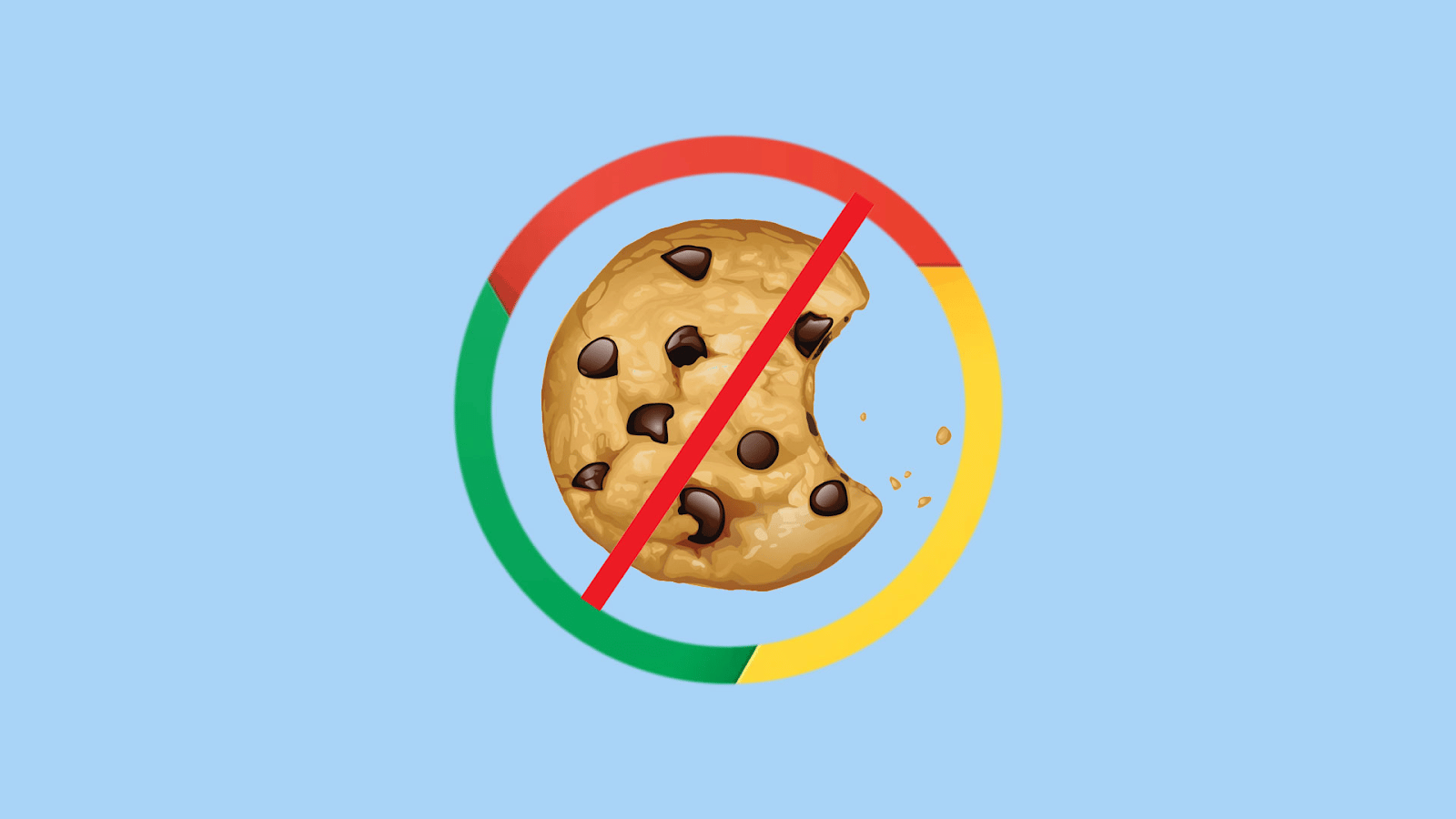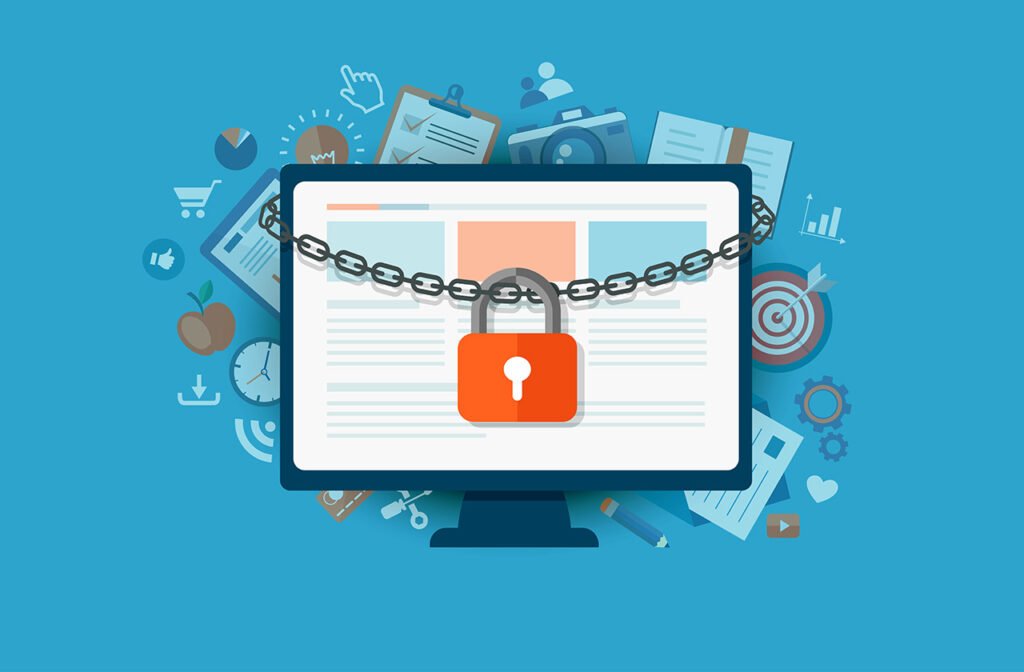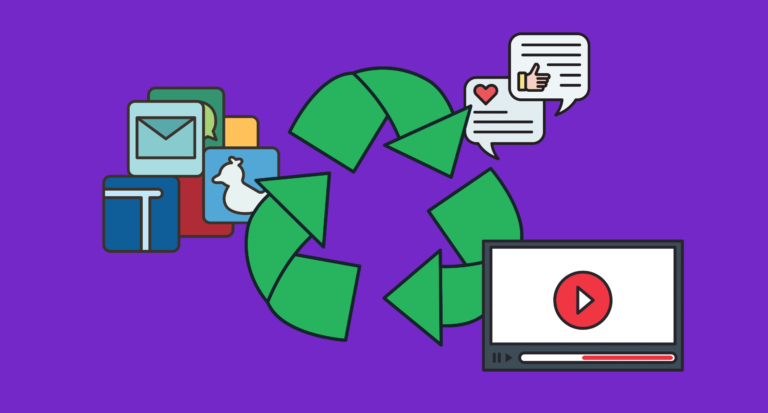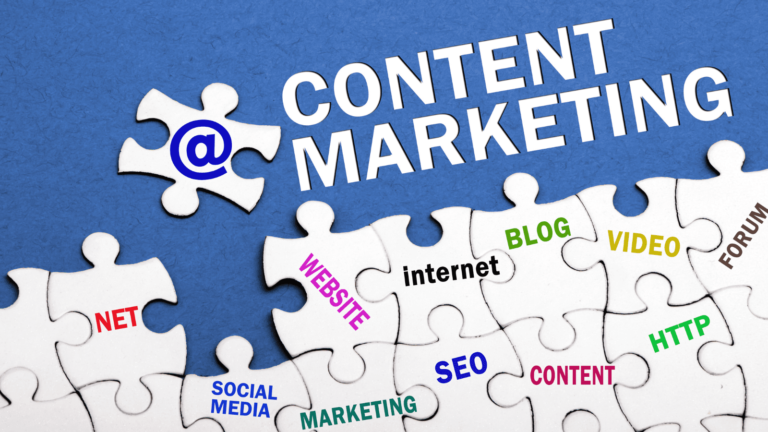Marketing in a Cookieless World: Strategies for Digital Marketers in 2024
The cookieless future is here, and it’s shaking up the way digital marketing works. With the phase-out of third-party cookies, marketers are facing a major shift in how they collect and use customer data. This isn’t just a small tweak to marketing strategies—it’s a transformation of the entire digital advertising landscape.
Why does this matter? For years, third-party cookies have been the go-to tool for tracking user behavior, serving up personalized ads, and measuring the success of marketing campaigns. But with privacy concerns on the rise and new regulations like the General Data Protection Regulation (GDPR) and California Consumer Privacy Act (CCPA), the way marketers operate has to change.
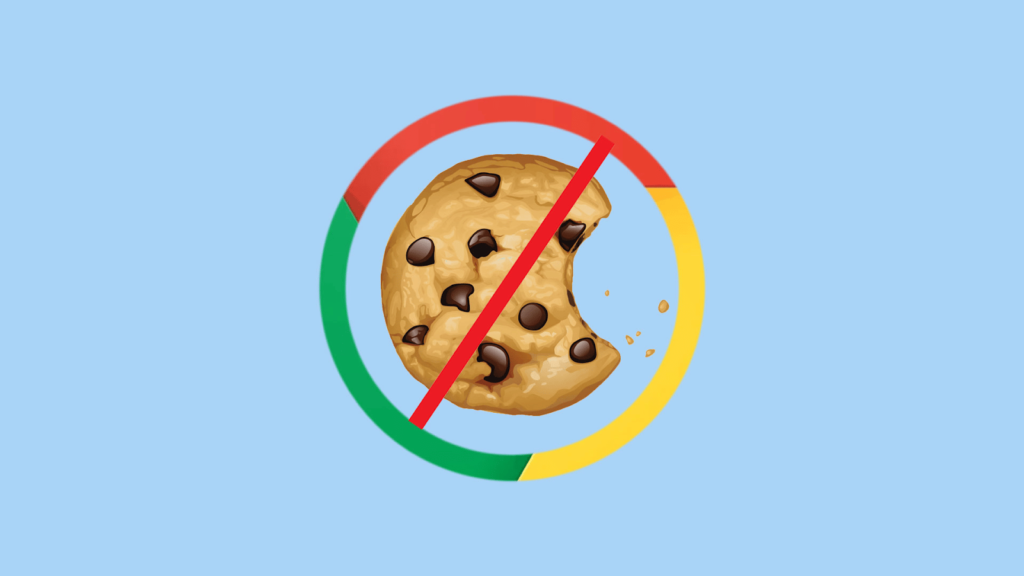
This article about marketing in a cookieless world is your guide to thriving in a cookieless world. We’ll explore why this shift is happening, how it impacts the digital marketing industry, and what steps you can take to adapt. Whether you’re a marketer looking for actionable tips or a brand navigating this new reality, you’ll find everything you need to prepare for a future without cookies.
What Are Third-Party Cookies and Why Are They Phasing Out?
Third-party cookies have long been a cornerstone of digital advertising. These small pieces of code are placed on a user’s browser by websites other than the one they’re visiting. They help advertisers track users across different sites, understand their interests, and deliver targeted ads.
Why Are Third-Party Cookies Being Phased Out?
The demise of third-party cookies is driven by increasing concerns over consumer privacy and stricter privacy policies. Regulations like the General Data Protection Regulation (GDPR) and the California Consumer Privacy Act (CCPA) are pushing companies to prioritize data privacy. Consumers are also demanding greater control over how their personal data is collected and used.
Big tech players are responding to these demands. Browsers like Safari and Firefox have already blocked third-party cookies, and Google Chrome plans to follow suit by 2024. The departure of third-party cookies signals a shift in the digital marketing landscape, forcing marketers to find new ways to track user behavior and deliver personalized marketing without relying heavily on cookies.

The Impact of a Cookieless World on Digital Marketing
The absence of third-party cookies is reshaping the digital marketing world, bringing both challenges and opportunities for marketers. For years, the reliance on cookies has defined how brands approach ad targeting, retargeting, and campaign measurement. But now, the industry must adapt to a new environment.
Challenges for Marketers in a Cookieless Era
Without third-party cookies, digital marketers lose a key tool for tracking user behavior across websites. This makes it harder to deliver personalized ads, which have been a cornerstone of effective digital advertising. Marketing attribution—understanding which channels drive conversions—also becomes more complex in a cookieless world.
Another challenge is retargeting. Without cookies to track users who leave your site, it’s tougher to re-engage potential customers with ads that remind them of your products.
Opportunities in a Cookieless Future
While the cookieless future presents challenges, it also opens doors for innovation. This shift encourages marketers to adopt privacy-first approaches, focusing on first-party data and fostering trust with consumers. It’s also an opportunity to explore new advertising strategies, such as contextual advertising, which aligns ads with the content users are viewing rather than their browsing history.
Marketers who adapt quickly to this change can build stronger relationships with consumers and set themselves apart in the evolving digital marketing landscape.
Building a First-Party Data Strategy
In a cookieless future, first-party data is the new gold standard for digital marketing. Unlike third-party cookies, which rely on external tracking, first-party data is collected directly from your customers through interactions they have with your brand. This shift puts the power back in your hands while respecting user privacy.
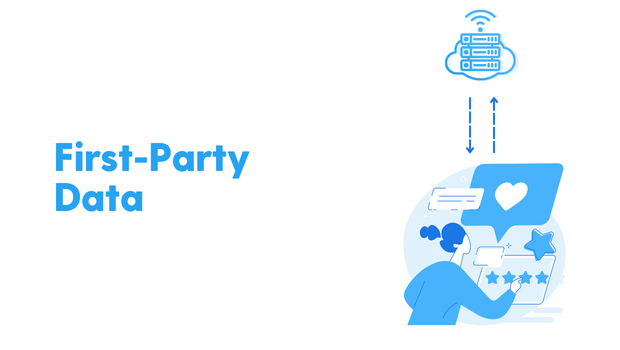
Why First-Party Data Matters
As third-party cookies disappear, marketers must rely on data that is willingly shared by their audience. This includes information like email addresses, purchase history, and site behavior. With this approach, you can personalize experiences and deliver personalized content that genuinely adds value to your audience. Collecting first-party data also aligns with the growing emphasis on transparency and compliance with privacy regulations like GDPR and CCPA. Building trust with your customers by being clear about how you collect and use their personal data can strengthen brand loyalty.

How to Collect and Use First-Party Data
- Encourage Engagement: Create compelling incentives for users to share their information, such as discounts, exclusive content, or loyalty programs. For example, a newsletter signup that promises valuable insights is a great way to collect email addresses.
- Leverage Technology: Use tools like customer data platforms (CDPs) or customer relationship management (CRM) systems to organize and analyze your data. These platforms can help you understand user behavior and improve marketing efforts.
- Personalize the Experience: Once you have reliable first-party data, use it to create tailored campaigns. For example, send personalized marketing emails based on a customer’s past purchases or site activity.
By shifting your focus to first-party data, you’ll be better equipped to navigate the cookieless advertising landscape while building stronger connections with your audience.
The Rise of Contextual Advertising
As the cookieless future unfolds, contextual advertising is emerging as a powerful alternative to traditional cookie-based targeting. This approach shifts the focus from tracking users to understanding the content they’re engaging with, aligning ads with context rather than behavior.
What Is Contextual Advertising?
Contextual advertising involves placing ads based on the content of the webpage or app a user is currently viewing. For instance, a user reading an article about hiking gear might see ads for outdoor equipment. This method doesn’t require third-party cookies, making it both effective and privacy-friendly.

Benefits of Contextual Advertising
- Privacy Compliance: Since it doesn’t rely on tracking user behavior, contextual advertising aligns seamlessly with privacy laws like GDPR and CCPA. This makes it a smart choice for marketers navigating stricter privacy policies.
- Relevance Without Intrusion: By matching ads to content, advertisers can reach users in the right mindset without violating their privacy. For example, a travel agency can place ads on articles about vacation destinations, ensuring their message reaches a receptive audience.
- Ease of Implementation: Unlike more complex methods like cohort-based targeting, contextual advertising can be deployed quickly using existing advertising technology and marketing practices.
How Marketers Can Leverage Contextual Advertising
- Invest in Keyword and Content Analysis: Use tools to analyze keywords and content themes to ensure your ads are matched with relevant topics.
- Combine with First-Party Data: While contextual advertising doesn’t rely on personal data, combining it with insights from first-party data can enhance its effectiveness.
- Test and Optimize: Continuously monitor performance and refine your campaigns to ensure your ads are reaching the right audience in the right context.
Leveraging Privacy-Safe Technologies
In the cookieless future, adapting to privacy-friendly technologies is essential for marketers. Tools like Google’s Privacy Sandbox and cohort-based targeting solutions are paving the way for cookieless advertising while respecting consumer privacy and data protection laws.

What Are Privacy-Safe Technologies?
Privacy-safe technologies are designed to balance effective advertising purposes with strict adherence to data privacy standards. These solutions aim to provide anonymized user insights without relying on third-party cookies or compromising individual identities. For example:
- Google’s Privacy Sandbox: A suite of tools, including the Topics API, that enables interest-based advertising without exposing personal data.
- Cohort-Based Targeting (FLoC): Instead of tracking individuals, this method groups users into cohorts with similar interests, enabling targeted ads without tracking user data directly.

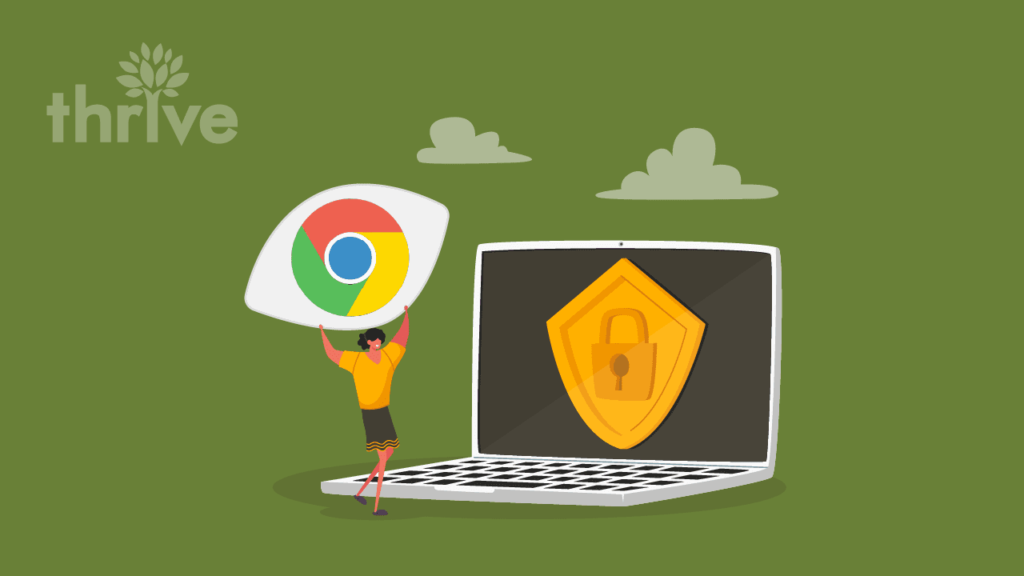
Why These Tools Matter for Digital Marketing
As browsers phase out third-party cookies, these technologies help maintain functionality in areas like ad targeting, analytics, and marketing attribution. They ensure digital advertisers can still measure marketing campaigns and understand user behavior—but in a way that prioritizes privacy.
How to Integrate Privacy-Safe Technologies
- Stay Informed on Industry Changes: Regularly follow updates on privacy-safe solutions like Privacy Sandbox to ensure your strategies are up to date with the latest tools.
- Experiment with New Approaches: Test cohort-based targeting alongside traditional marketing strategies to see how it fits into your broader goals.
- Work with a Marketing Agency: Partnering with a marketing agency familiar with these tools can streamline adoption and improve outcomes.
By adopting privacy-safe technologies, you can adapt to the shift towards a cookieless future while maintaining effective marketing practices and complying with evolving regulations.
Building Trust Through Transparency
In a cookieless world, trust is your most valuable asset. As privacy concerns grow, marketers must prioritize transparency to build strong, lasting relationships with their audiences. Consumers want to know how their personal data is collected, used, and protected—and addressing these concerns head-on can set your brand apart.
Why Transparency Matters
The absence of third-party cookies forces digital marketers to rethink their approach to data collection. Without the ability to track users across the web, the focus shifts to earning consumer trust. Transparency isn’t just about compliance with regulations like GDPR and CCPA; it’s about fostering a sense of security and loyalty among your customers.

Practical Steps for Transparent Data Practices
- Clearly Communicate Your Data Policies: Simplify your privacy policies so they’re easy to understand. Use plain language to explain what data you collect, why you collect it, and how it benefits the consumer.
- Make Consent Central: Ensure users have full control over their data. Use opt-in methods for collecting first-party data, such as sign-up forms or preferences centers, and allow users to easily update their permissions.
- Deliver Value in Exchange for Data: If you’re asking for email addresses or other personal details, provide something valuable in return—like exclusive content, discounts, or personalized recommendations. Show your audience how sharing their data enhances their digital experiences.
Benefits of a Transparent Approach
Brands that prioritize transparency can build trust and loyalty while differentiating themselves in a crowded digital marketing landscape. When users feel confident that their data is handled responsibly, they’re more likely to engage with your marketing campaigns and share their information willingly.
Transparency isn’t just a regulatory requirement; it’s a competitive advantage in the evolving digital world.
Innovating with Artificial Intelligence and Advanced Analytics
The cookieless future calls for smarter tools to analyze user behavior and optimize digital marketing efforts without relying on third-party cookies. Artificial intelligence (AI) and advanced analytics are stepping up to fill the gap, offering innovative ways to understand audiences and deliver personalized marketing experiences.
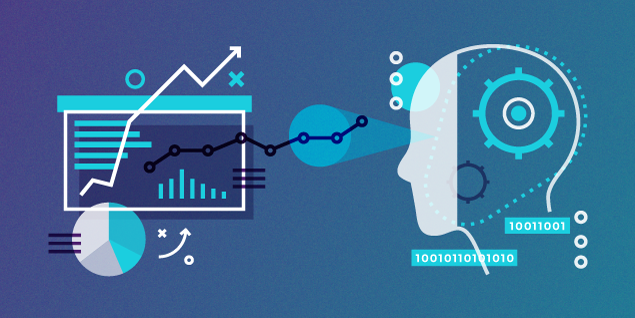
How AI Enhances Marketing in a Cookieless World
AI can process vast amounts of first-party data to uncover patterns, predict behaviors, and create highly relevant content. Here’s how it can help marketers thrive in this new environment:
- Predictive Analytics: AI analyzes user behavior to predict future actions, such as purchase likelihood or content preferences. This enables advertisers to tailor messages and offers without direct tracking.
- Personalization at Scale: With AI, marketers can use first-party cookies and other data sources to craft personalized ads and campaigns that resonate with individual users—without breaching their privacy.
- Automation for Efficiency: AI-powered tools can automate tasks like segmenting audiences, optimizing ad placements, and managing budgets, saving time and boosting campaign effectiveness.
Leveraging Advanced Analytics for Better Insights
Traditional tracking methods may no longer apply, but advanced analytics tools can provide rich insights into campaign performance and audience engagement. Here’s how:
- Focus on First-Party Metrics: Use data from your website, apps, and CRM systems to understand how users interact with your brand.
- Test and Learn: Employ A/B testing and multivariate analysis to refine your marketing strategies and identify what resonates most with your audience.
- Integrate Data Sources: Combine data from multiple touchpoints—like email, social media, and e-commerce platforms—to build a holistic view of your customers.

Practical Tools to Explore
- CDPs (Customer Data Platforms): Centralize and analyze customer data for better segmentation and targeting.
- AI-Driven Platforms: Tools like machine learning algorithms and predictive models can provide actionable insights for marketing campaigns.
By embracing AI and advanced analytics, digital advertisers can navigate the challenges of a cookieless era and maintain a competitive edge.
Adapting Marketing Attribution Models
With the departure of third-party cookies, traditional methods of marketing attribution are becoming less effective. Marketers need new ways to understand which channels and touchpoints drive conversions in a cookieless world. This shift is essential for ensuring your marketing campaigns deliver maximum ROI.
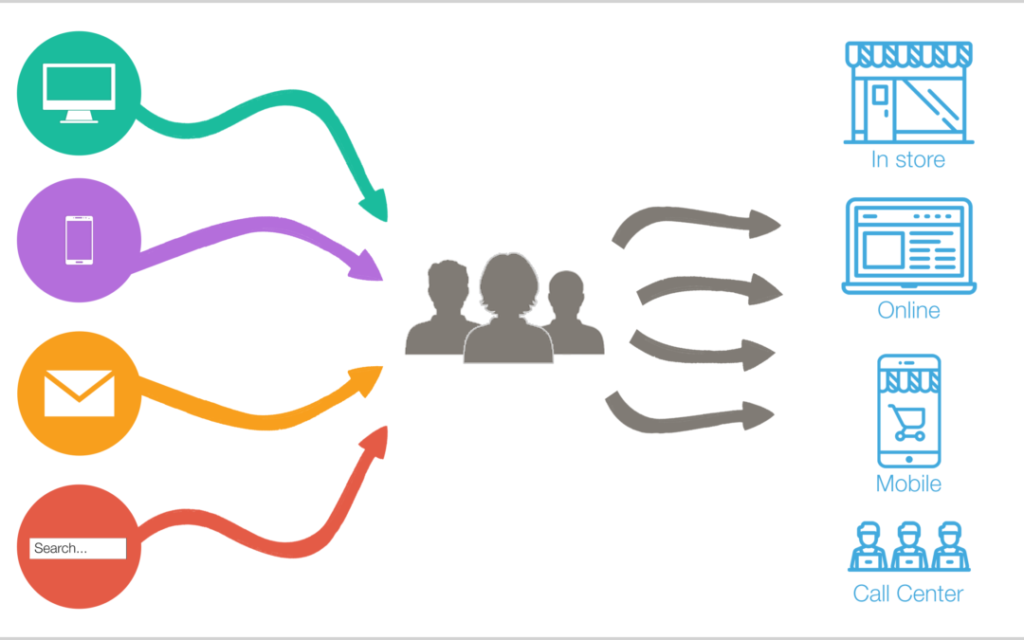
The Challenge of Attribution Without Cookies
Third-party cookies have been the backbone of attribution models for years, helping marketers track user journeys across multiple platforms. The absence of third-party cookies means it’s harder to identify how individual touchpoints contribute to a sale or lead.
Without reliable tracking, attributing success to specific advertising strategies becomes more complex. This impacts budget allocation, optimization efforts, and overall campaign effectiveness.
New Approaches to Marketing Attribution
- First-Party Attribution: Shift your focus to first-party data collected from your owned channels, like websites, apps, and email campaigns. Analyze how users engage directly with your brand and assign credit accordingly.
- Multi-Touch Attribution (MTA): Use advanced tools to track and assign value to multiple touchpoints in the customer journey. MTA doesn’t rely on cookies but leverages aggregated customer data to create a clearer picture of what drives conversions.
- Probabilistic Modeling: This approach uses statistical methods to estimate the likelihood of specific channels contributing to conversions. While it doesn’t provide the granularity of cookie-based tracking, it offers a viable alternative for digital advertisers.
- Unified Data Platforms: Integrate data from all your sources—like social media, CRM systems, and analytics platforms—into a centralized system. This helps ensure consistency and accuracy in your attribution efforts.
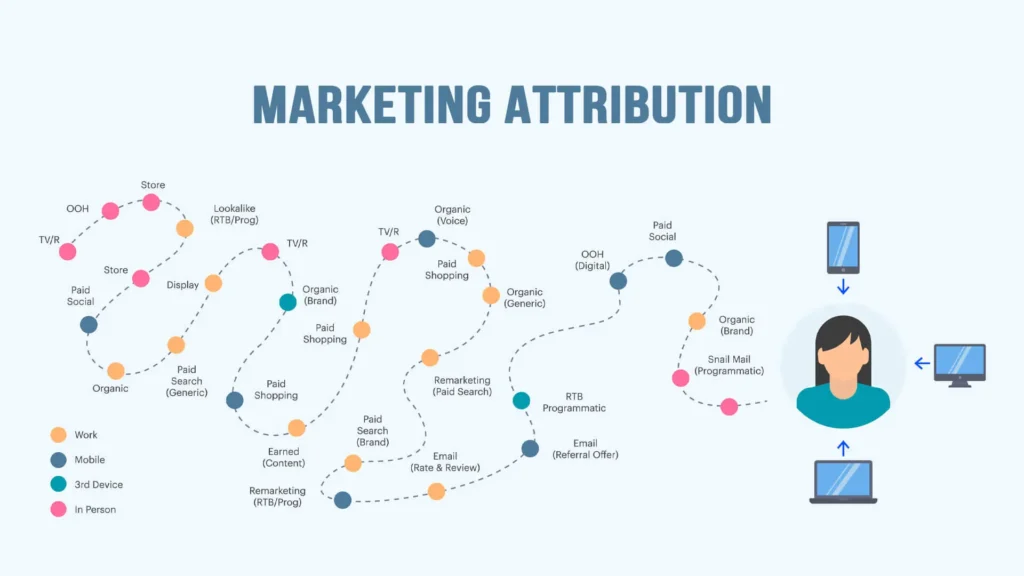
Steps to Transition
- Invest in Attribution Tools: Use solutions designed for a cookieless marketing environment, such as advanced analytics platforms and customer data platforms (CDPs).
- Test and Iterate: Experiment with different attribution models and measure their effectiveness to find the best fit for your brand.
- Educate Your Teams: Ensure your marketing teams understand the limitations of older models and the benefits of new attribution approaches.
Case Studies: Brands Thriving in a Cookieless World
The shift to a cookieless world may feel daunting, but many brands are already leading the way by embracing innovative strategies. By focusing on first-party data, contextual advertising, and transparency, these companies demonstrate that success is achievable without relying on third-party cookies.
Case Study 1: A Retailer’s Success with First-Party Data
A major online retailer transitioned its focus to first-party cookies by encouraging customer engagement through loyalty programs and exclusive offers. By collecting email addresses and purchase history, the brand tailored personalized ads that resonated with its audience. This approach led to a 25% increase in customer retention and a boost in conversion rates.
Key Takeaway: Building a strong first-party data strategy can drive meaningful engagement and improve long-term loyalty in a cookieless era.
Case Study 2: A Media Company’s Contextual Advertising Win
A global media company embraced contextual advertising by aligning ads with the themes of its content. For example, travel-related articles featured ads for vacation packages and gear. This strategy not only maintained relevance but also respected user privacy. Over six months, the company saw a 40% increase in ad engagement rates.
Key Takeaway: Contextual advertising is a powerful tool for maintaining relevance and effectiveness without tracking user behavior.
Case Study 3: A SaaS Company’s Transparency-Driven Growth
A software-as-a-service (SaaS) company revamped its privacy policies, offering clear explanations about how it used customer data. It also launched a preference center, allowing users to control their data-sharing settings. This transparency boosted customer trust and resulted in a 15% growth in sign-ups within three months.
Key Takeaway: Transparency isn’t just good ethics—it’s good business. Clear communication builds trust and encourages users to share their personal data willingly.
Learning from Success Stories
These examples highlight the adaptability of brands in a cookieless future. By focusing on privacy-first strategies, building trust, and leveraging innovative tools, they’ve managed to not just survive but thrive in this new digital landscape.
Preparing for the Future of Digital Marketing in a Cookieless World
The transition to a cookieless future isn’t just a challenge—it’s an opportunity for marketers to innovate and create more meaningful connections with their audiences. By staying proactive, adopting privacy-first approaches, and leveraging new technologies, brands can thrive in this evolving landscape.

Actionable Steps to Prepare
- Invest in First-Party Data Infrastructure Ensure you have the tools and systems in place to collect, store, and analyze first-party data. Customer data platforms (CDPs) and robust CRM systems can help centralize your data and make it actionable.
- Experiment with Privacy-Friendly Tools Start testing privacy-safe technologies like Google’s Privacy Sandbox or cohort-based targeting. Early adoption of these tools will position your brand ahead of the curve as these solutions mature.
- Train Your Marketing Teams Educate your teams on the implications of the absence of third-party cookies and how to use new attribution models, contextual advertising, and AI-powered tools. A well-prepared team is your biggest asset.
- Focus on Transparency and Trust Revise your privacy policies to ensure they’re clear, user-friendly, and compliant with regulations like GDPR and CCPA. Be proactive in communicating with your audience about how their data is collected and used.
- Stay Agile and Informed The digital landscape is constantly changing. Keep up with industry trends, regulatory updates, and emerging tools. Flexibility will be key to maintaining effective advertising strategies in this new environment.
The Bigger Picture: Embracing the Cookieless Era
The cookieless future presents challenges, but it also offers an opportunity to rebuild marketing strategies around trust, innovation, and privacy. Brands that embrace this shift will not only comply with evolving regulations but also strengthen their relationships with customers.
As the digital age continues to evolve, success will come to those who adapt and thrive in this new environment. By focusing on user-centric practices and privacy-first solutions, you’ll position your brand for long-term success in the digital marketing world.
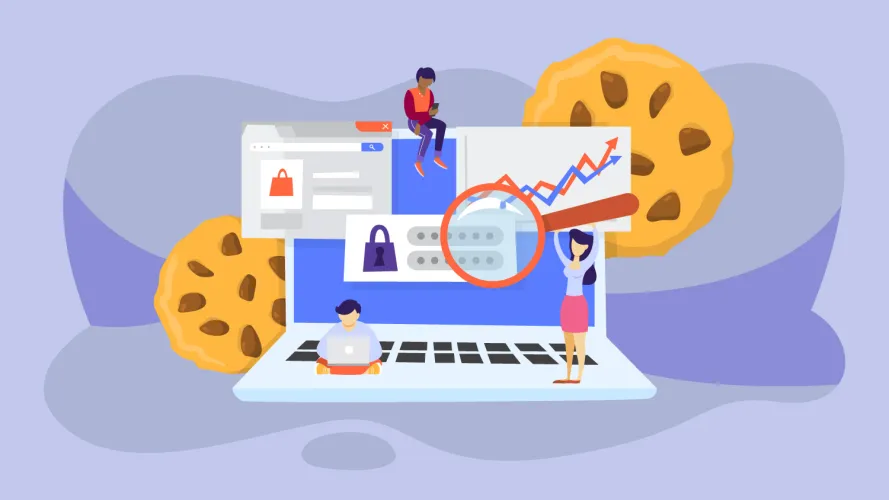
Final Thoughts
The cookieless future is reshaping how brands approach digital advertising. While the departure of third-party cookies demands significant changes, it’s also a chance to innovate, connect with audiences more authentically, and create more effective marketing strategies.
Disclosure: Our blog contains affiliate links to products. We may receive a commission for purchases made through these links. However, this does not impact our reviews and comparisons. We try our best to keep things fair and balanced, in order to help you make the best choice for you.

